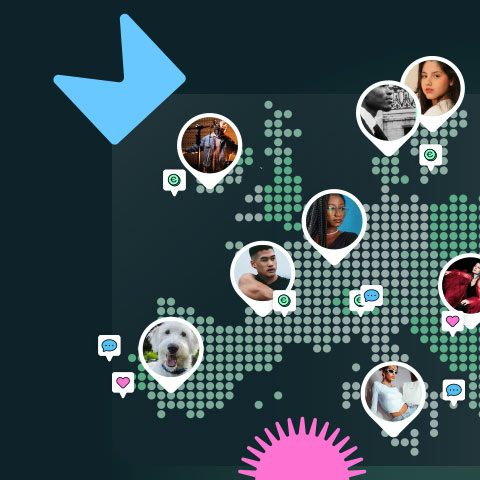Deserting Diana has come onto your website, we can identify her, we know who she is, we have her email address, we can see that she has browsed one of our top revenue generating, highest margin products. Now, in this type of scenario, we have a particular client in the UK market that has an approach to addressing this type of customer. First off, in an email they show off the product that was browsed in that session, but will also include recommendations for other products. Now these recommendations could be top sellers for your business and static - i.e. the same for everyone - or you could employ data to generate predictive content that will match a set of products to an individual in your database, and here that's what Discount Supplements have done. There are predicted recommendations that say: "look, we saw that your browsed this product, how about these other products? Maybe you weren't so happy with what you saw or you didn't want to buy that."
Secondly, this is an opportunity for this business to demonstrate their value proposition - why customers should buy with them - so Discount Supplements here is including click and collect info. Thirdly, this email and this approach is integrated with their web channel as well, so if Deserting Diana doesn't engage with this email, when she visits the website, she will see the products recommended here as part of her journey as well, because Discount Supplements have employed the same product recommendations on their website as well to aid with conversion. So hopefully this is a good sense of what can be done in terms of approaching a browser abandonment type of scenario, and a few other examples: we work with a luxury retailer who sends a 10% off code three days later and includes the products that were browsed but weren't purchased. I think this type of approach works very well for luxury because of the high order value, and if we know enough about the customer, that they have already shopped in the past, you can justify the cost in terms of the voucher.
Now, of course the question then becomes in a browser abandonment situation, what if I don't have their email address? For most people that visit your website, this will be invariably what happens. In this case, our recommendation is going back to the prioritisation screen that I showed you, really prioritising at the top of the funnel, how do I collect data about website browsers? How do I collect that email address as soon as possible? One way of approaching this is to have an overlay pop up as soon as an unidentified customer comes to the website and giving them a reason to sign up with you. This could be a commercial incentive, but it may also be exclusive access to products services, personal shopping - whatever it is that your brand and your shop can offer to the customer.











